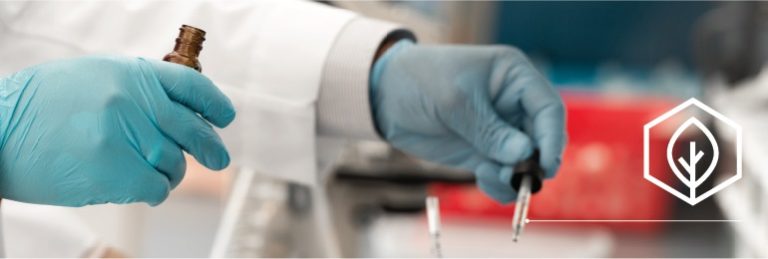By Suzette Norris
From the Editor: Dr. Sophie Vandebroek, chief technology officer for Xerox, is a plenary speaker at the International Solid State Circuits Conference (ISSCC), now in progress in San Francisco, where she is describing the three pillars that enable the Internet of Everything.

A number of research reports surfaced in January about the current state of the Internet of Things (IoT) and where it’s headed. Forrester called IoT technologies “diverse and immature,” but Gartner estimates 50 billion objects will be connected to the Internet by 2020.
So, what’s the deal?
A peek into research going on in the semiconductor industry is a good way to find out. Every year the world’s top researchers meet to share new breakthroughs in chip technology during the International Solid State Circuits Conference (ISSCC) . This year, one area of interest at the ISSCC is about “Silicon Systems for the Internet of Everything (IoE).”
Dr. Vandebroek believes the IoE will become ubiquitous and a reflection of what was described nearly 30 years ago by the late Mark Weiser, a researcher at PARC, a Xerox company.
“The most profound technologies are those that disappear,” “they work themselves into the fabric of everyday life until they are indistinguishable from it.”
How to Think About the Internet of Everything
Below is a brief summary of the pillars Dr. Vandebroek describes in her plenary presentation and technical paper:
- Smart everyday objects that sense data everywhere will be created by printed hybrid logic using organic inks and “inks” containing microchips.
- Information-centric networks that increase the Internet’s versatility, reduce its traffic congestion, and improve security. This will require novel hardware and software such as content-centric networking protocols developed at PARC, a Xerox company.
- The creation of automated real-time insights at the “edge” of the IoE network which will require low-cost deep-learning chips and novel machine-intelligence software.
Along with the pillars, Dr. Vandebroek describes the challenges and opportunities for the silicon circuit design community. There are many challenges, but when solved, they will enable significant opportunities to make a positive impact on human society that the IoE will enable: individualized healthcare and education, less urban congestion, efficient energy usage, and much more.
This EETimes article on Internet of Everything for upcoming ISSCC conference includes more insight from Dr. Vandebroek.
Subscribe to this blog and receive email updates when we publish a new article.



